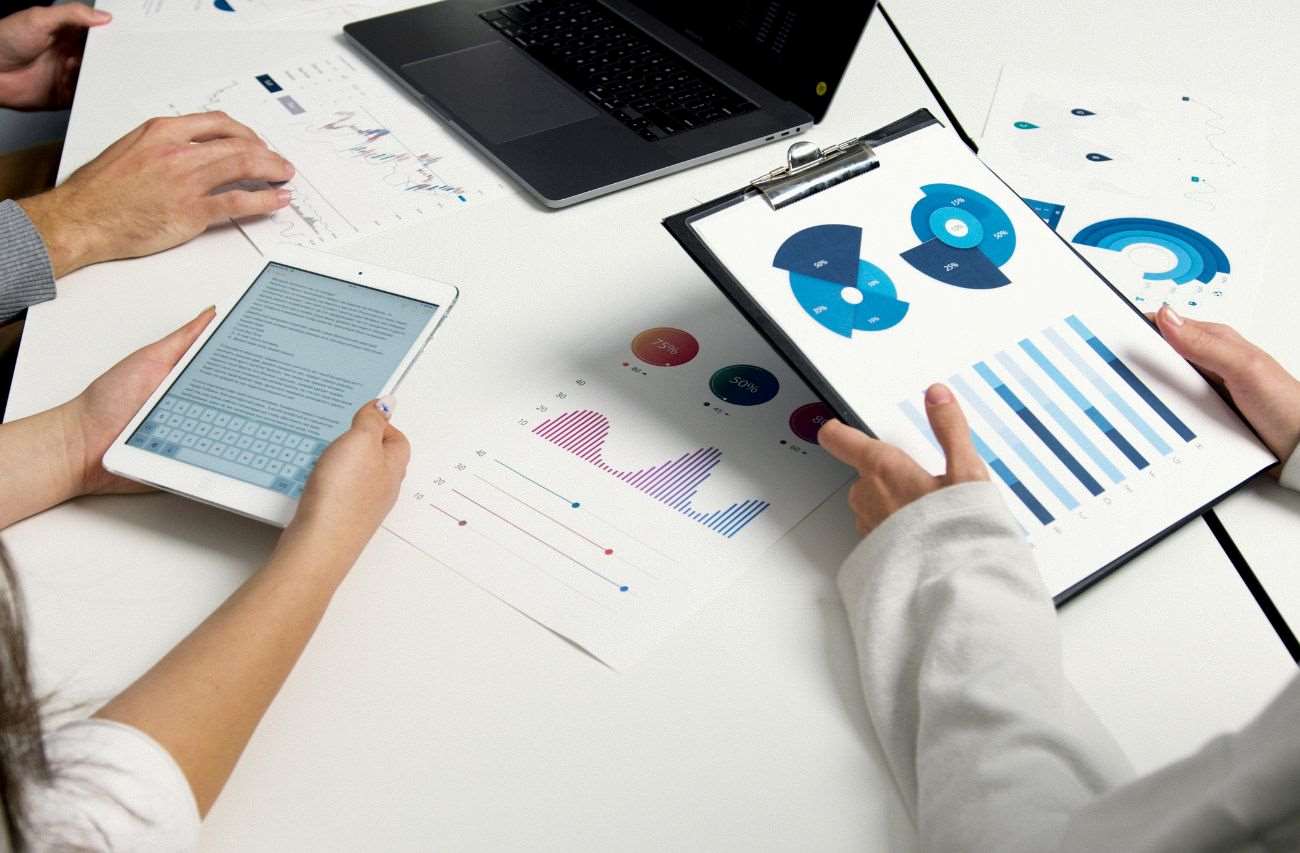
Understanding circular economy initiatives
nnually, 2.12 billion tons of waste is produced across the world! This staggering figure underscores a critical challenge i.e. our current linear economic model — where products are made, used, and then discarded — that is simply unsustainable. Enter the circular economy model — a paradigm shift aimed at reducing waste and maximizing the value of resources. Unlike the traditional approach, the circular economy emphasizes designing products for longevity, reusing materials, and recycling components to keep them in circulation. This shift is more than just a buzzword; it's a strategic response to environmental and economic inefficiencies.
For instance, did you know that about 20% of global industrial wastewater pollution comes from the fashion industry alone? It takes around 2,700 liters of water to produce a single cotton shirt, yet globally, 57% of discarded clothing ends up in landfills and 25% is incinerated. These statistics vividly illustrate our consumption patterns and highlight the urgent need for action. But what exactly does the circular economy entail for businesses, how can the circular economy be implemented, and how can its principles be effectively integrated into operations?
Qalara draws inspiration from the circular economy model and its principles, offering a guide to understanding how the circular economy is key to sustainable development. Embracing this approach, this blog aims to highlight the importance of resource efficiency and waste reduction in creating a more sustainable future.
What is Circular Economy?
While vastly different from the traditional linear ‘take-make-dispose’ model, the circular economy is an approach that seeks to maximize the value of products and materials while minimizing waste and keeping resources in use for as long as is feasible. The circular economy is grounded on a few key principles:
1. Design for longevity: making products that last longer, are easily repairable, and are ultimately recyclable.
2. Maintaining value: keeping products, materials, and resources at work again and again via reuse, repair, refurbishment, and recycling.
3. Regenerative resources: using renewable resources and ensuring that waste materials are returned safely to the environment.
Surely, the circular economy action plan transforms our approach to production and consumption by prioritizing sustainability, efficiency, and resource regeneration. By practicing these principles, we can significantly reduce waste and create a more resilient and environmentally-friendly economy.
Why should businesses care?
Businesses up and down the spectrum—from wholesalers and manufacturers to suppliers and retailers play pivotal roles in shaping consumer behavior and driving sustainability. Adapting to a system based on circular economy principles not only saves the environment, but also improves the brand, operation efficiency, and regulatory compliances. Here are some ways in which businesses can contribute towards building a circular economy.
1. Enhanced brand loyalty: Businesses committed to circular practices will push more eco-conscious customers to be loyal to brands and differentiate.
2. Cost savings and revenue opportunities: Efficient use of resources, such as refurbishing returned products or selling from a range of refurbished products, reducing wastage, and opening new streams to substitute and create revenue.
3. Compliance and risk management: The proactive nature of subscribing to practices of a circular economy gives the head start above stringent environmental regulations and mitigates the risks of non-compliance.
Also read: How to decode sustainability jargon
Practical steps toward integration
The following are some of the strategies that a business can adopt towards the effective integration of circular economy principles into its operations:
1. Collaborative product design: Engage with suppliers to develop robust, easily recyclable products using modular designs that facilitate repair and upgrade. For example, at Qalara, we offer custom design services and work with a network of ethical suppliers to create products using recycled materials wherever possible. This collaborative approach ensures that products are designed for longevity and easy recycling.
2. Reverse logistics: Establish systems to take back disposed products from customers and refurbish or remanufacture them. Then reintroduce such recovered products back into the market. This further extends their lifecycle and products can dodge going into landfills. For instance, Nike’s Reuse-A-Shoe program collects old athletic shoes, which are then recycled to create new products like sports surfaces.
3. Recycling and upcycling initiatives: Arrange for company-operated recycling or upcycling centers. Set them up in-store for customers looking to dispose/return used products and packaging. The company would partner with other centers or facilities that can efficiently manage and repurpose waste materials from its line of products. H&M’s Garment Collecting initiative allows customers to bring in unwanted clothes, which are sorted for reuse or recycling, extending the lifecycle of products and reducing landfill waste.
4. Secondhand and refurbished sales: Establish sections in stores or online selling points where second hand, refurbished, or upcycled items are sold with the main purpose of attracting budget-sensitive or environment-conscious shoppers. An example of this is IKEA’s ‘As-Is’ section, where customers can purchase gently used or slightly damaged items at a discount. This not only supports circular economy principles but also provides affordable options for consumers.
5. Customer education and engagement: Educating customers on the benefits of a choice for circular economy practices through hyper-targeted marketing campaigns and rewards for a sustainable choice. Patagonia’s ‘Care & Repair‘ initiative serves as a great example. The company offers resources and workshops to teach customers how to repair their gear, thus extending its life and promoting a culture of sustainability.
Leading retail giants
There are already big companies heading the circular economy and sustainability field:
1. Adidas: ‘Three Loop Strategy’ looks into product design that is sustainable and take-back programs. Their ‘Made to be Remade’ line uses easily recyclable materials, and the ‘Infinite Loop’ program allows customers to return old shoes for recycling into new products.
2. IKEA: Their ‘Buy Back & Resell’ gives the customer the option of returning old furniture for store credit and, therefore, promotes reusing and reducing waste. They also have a ‘Second-Hand Section’ in some stores to give pre-loved furniture yet another lease on life.
3. Apple: Apple has committed to becoming carbon neutral across its entire business, including products and supply chain, by 2030. Their recycling program, ‘Apple Trade-In’ allows customers to return old devices for refurbishment or recycling. Additionally, their ‘Liam’ and ‘Daisy’ robots disassemble iPhones to recover valuable materials for reuse.
4. Patagonia: Patagonia’s ‘Worn Wear’ program promotes product longevity by facilitating the resale and repair of used gear. They offer repair services in stores and through mail-ins, extending the lifespan of their products.
Also read: How are big brands pledging to reduce waste
Small but mighty innovations
Even small businesses can make significant strides:
1. Mud Jeans: As per businesswaste.co.uk, of all the discarded clothing worldwide, 57% ends up in landfills. The environmental footprint of fashion is enormous and hence practicing circular economy in fashion is the need of the hour! Mud Jeans offers an unconventional service through its ‘Lease a Jeans’ program. Members pay a monthly fee for a pair of jeans that they get to keep for a year. Afterward, one can either opt to keep them forever, swap them away, or just return them. The returned jeans are either upcycled into new products or recycled into new denim.
2. Bundlee: Bundlee is a baby clothing rental service that allows parents to rent high-quality baby clothes. As babies quickly outgrow their clothes, this service ensures that garments are reused multiple times, reducing waste and saving parents money.
3. Rent the Runway: Rent the Runway gives customers an easy way to obtain designer clothes and accessories for roughly an eighth of their purchase price. This service not only makes high-end fashion more accessible but also reduces the demand for fast fashion and encourages the reuse of garments.
4. ReTuna: A recycling mall in Sweden, where every business within sells only recycled and upcycled items. The shops within the mall sell what has been repaired, upcycled, or recycled, basically allowing access to anything from that store in a sustainable manner, therefore encouraging the mindset of the circular economy.
The future of circular economy
As businesses adapt to meet consumer demand for sustainable practices, integrating circular economy principles becomes crucial. By rethinking production processes, consumption patterns, and waste management, businesses can lead the charge toward a greener, more resilient future. Adopting these principles not only secures competitive advantage but also contributes positively to global sustainability efforts.
In conclusion, transitioning to a circular economy isn’t just about adopting new practices; it’s about transforming business models to prioritize sustainability. By starting today, businesses can pave the way for a prosperous and environmentally responsible tomorrow, shaping a future where economic growth aligns with environmental stewardship. Voice your support for the cause, join the movement towards a circular economy, and become a catalyst for change in the retail industry and beyond! Share with us how you’re incorporating the circular economy model into your business. Let’s inspire each other to make a difference!
~ Written by Kartik Khati






Leave a Reply